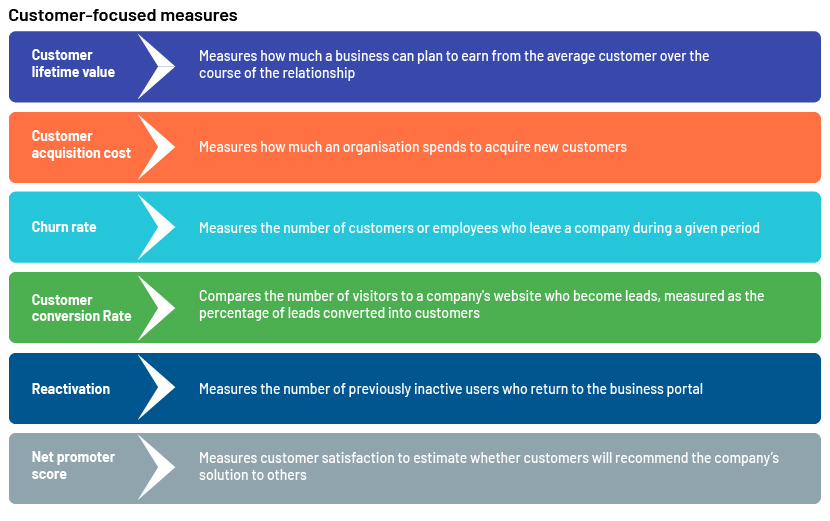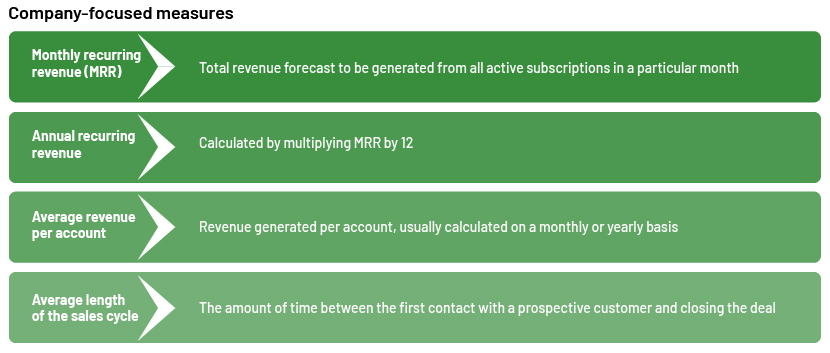Published on April 1, 2024 by Saisha Sethi
Our last blog on this subject, “RBF – new-age financing for startups”, provided a detailed understanding of the product, explaining its advantages, benefits and why demand for it is rising. It is important that those intrigued by the concept of RBF for startups and looking to compile an exceptional pitch to RBF investors for faster funding understand the structure and characteristics of this product.
There are two types of RBF:
1. True revenue-based financing: This funding option requires fixed monthly repayments or repayment as a percentage of cash receivables.
2. Receivables financing:
-
Receivables factoring: The lender takes on the responsibility of collecting payment from the company's customers. Factoring involves a business selling its outstanding invoices to a third-party lender for a cash advance, while RBF is based on a company's future revenue.
-
Merchant cash advance: A complete business valuation is conducted on multiple fundamentals such as annual recurring revenue (ARR) and cash in bank, after which the startup receives a discounted cash advance to be paid back in equal instalments over 6-18 months, without interest payments.
Lenders may also follow the approach mentioned below:
-
Multiple, or capped, strategy, where the borrowing startup repays the loan as well as a “multiple” or “cap” of the original capital the RBF provided – normally from 1.5 to 2.5 times
-
Uncapped strategy, where the borrowing startup repays the original loan as well as a fixed fee
-
RBF initial loans are usually designed to be paid off in up to 12 months
Each RBF package is structured based on the underlying dynamics of the credit and needs of the borrower. There are three buckets of revenue categorisation, but only the first two are credited:
-
Recurring revenue, such as subscription or maintenance contracts
-
Re-occurring revenue
-
One-time revenue
An RBF lending product after evaluation may be in the form of the following:
-
Senior secured revolvers and term loans: Funds are withdrawn and repaid according to the needs of the borrower. Revolvers are redeemable and are also called “standby credit agreements”
-
Uni-tranche facility (first-out tranche): A hybrid bond structure that combines senior and subordinated debt into a single debt instrument
-
Venture debt: A loan to a startup company that provides it with liquidity for the period between equity financing rounds
-
Agency or participation: Loans made by multiple lenders to a single borrower
Key indicators that investors focus on:
 Several key growth indicators can be used to determine a company’s growth potential to calculate the indicators listed above. Each RBF lender uses a different approach – categorised as customer-oriented or company-focused – to calculate and evaluate companies. The following is a brief overview of the key metrics that startups should look out for:
Several key growth indicators can be used to determine a company’s growth potential to calculate the indicators listed above. Each RBF lender uses a different approach – categorised as customer-oriented or company-focused – to calculate and evaluate companies. The following is a brief overview of the key metrics that startups should look out for:


A startup through RBF remains in control and has decision-making power. Most RBF lenders offer quick funding, some within 48 hours, without requiring historical financials or credit scores.
Drawbacks of RBF:
While RBF has many benefits, it is important to note that it is not for everyone. The following are factors to keep in mind before working with an RBF provider:
Revenue required: Lenders will assess a company’s ability to make money. If a business is not yet profitable, it may not be able to obtain the finances required.
Smaller loan amounts: Lenders limit loans based on business performance and MRR. If the company is small, the loan is smaller than what could be obtained through angel funding.
Does not suit long repayment periods: Founders looking for a payback period of more than a year may do better with a standard bank loan than with RBF.
The RBF model is useful for startups that have a clearly technological nature and that cannot be evaluated on traditional criteria. In such instances, it is necessary to find innovative sources of financing. RBF solves these two problems: if the company does poorly, the borrower pays less. If the business is doing well, the borrower pays more, and the debt is paid off faster.
How Acuity Knowledge Partners can help
We assist clients with visualising, delivering and growing their business, backed by our strong expertise in the banking, startup, virtual capital and fintech domains. We offer strategic and customised solutions; our capabilities include market assessment, competitive landscape and positioning, competitive benchmarking, competitive monitoring, opportunity assessment and market entry strategy. Our experts combine processes, people and technology with their unique approach to deliver faster results and excellence to our clients, leveraging potential business growth and expansion.
Sources:
-
https://thecfoclub.com/financing/revenue-based-financing-companies/
-
https://www.re-cap.com/financing-instruments/revenue-based-financing
What's your view?
About the Author
Saisha is a well-rounded professional with 7+ years of experience in the corporate strategy and consulting domain. Her functional expertise includes strategic and analytical research, profiling, and competitor analysis in tech and fintech domains. Prior to Acuity, she worked with BlackRock, leading the Analytics and Reporting team. She holds a PG in Data Science and Business Analytics from University of Texas, Austin, Cleared CFA Level I and earned a BSc. Economics degree from London School of Economics.
Like the way we think?
Next time we post something new, we'll send it to your inbox







